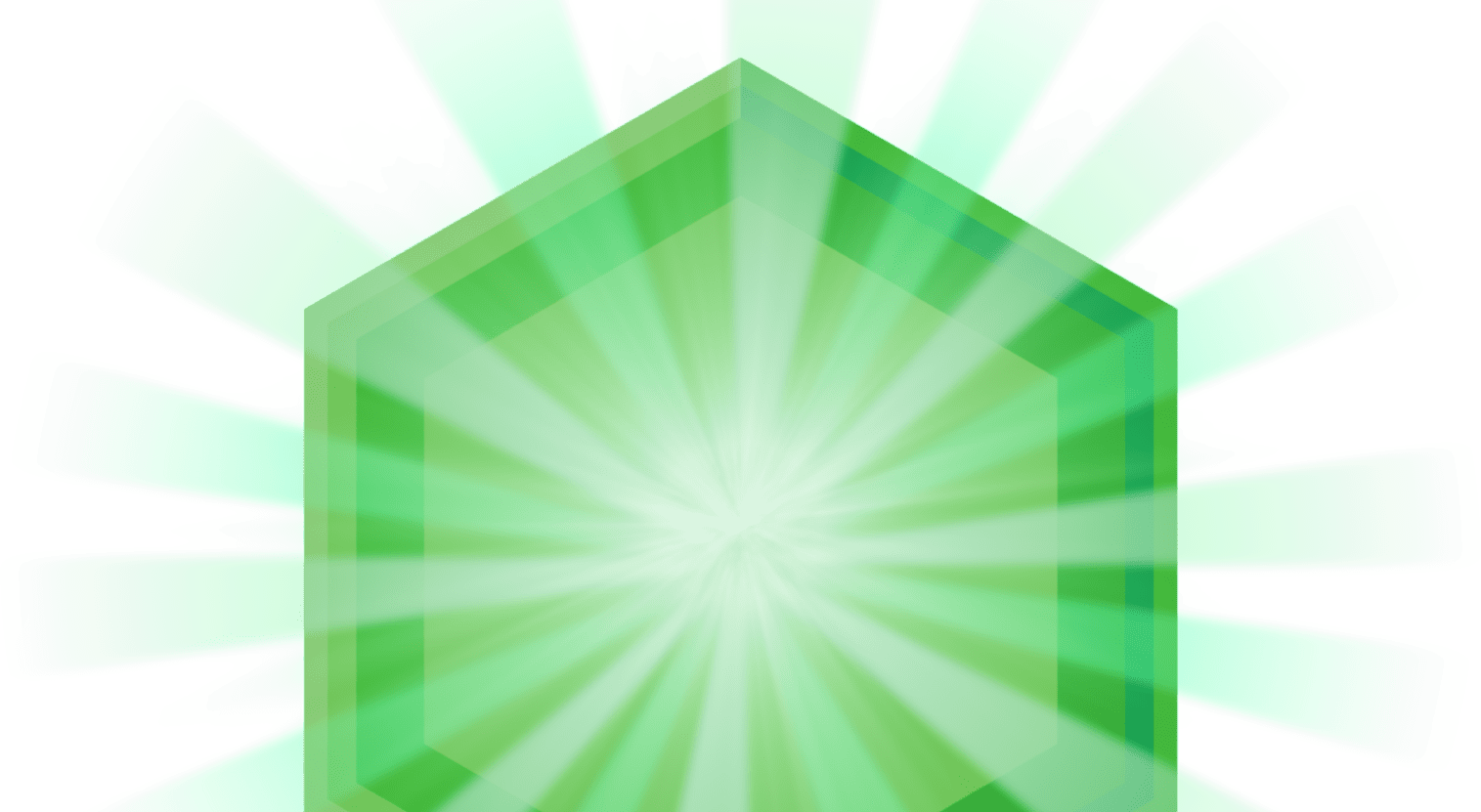
Children's Allergies: Causes, Triggers, and the Difference Between Them
Pollen. Dust buildup. Penelope the cat. Each one can lead to an allergic reaction. But for the more than 50 million American adults and children1 who suffer from allergies, the question is: Why?
Let’s start by getting an understanding of what causes allergies, then look at the triggers that can set them off. Because contrary to popular belief, there is a difference.
ALLERGY CAUSES

Allergies are caused by an overreaction of the immune system to something that's normally harmless to most people, like pollen.2 Think of it as an immune system mistake. The body’s defense system then treats the substance (known as an allergen) as an invader and creates antibodies to fight it off. The next time a person is exposed to the allergen, the antibodies kick in and release several chemicals into the bloodstream (histamine, prostaglandins, cytokines, tryptases, chemokines, and leukotrienes, among others) to help protect the body. The thing is, whenever these chemicals are released, they also cause allergy symptoms, like nasal congestion, sneezing, itchy, watery eyes and others. This is why a person will experience allergy symptoms every time they encounter an allergen.
ALLERGY TRIGGERS
Now that we know allergies are caused by an overreaction of the immune system, let’s look at what can trigger an allergic reaction. The following are some of the most common airborne allergy triggers: 2
Pollen
Pollen is a big one. It can come from trees, weeds, grass and flowers. These tiny particles are released into the air to fertilize other plants. Pollen allergies tend to be seasonal, depending on the source of the pollen, and weather can often play a role, too. To learn more about pollen and what it means for those who suffer from seasonal allergies, check out our article Pollen: Miracle of Plant Life, Menace of Seasonal Allergies.
Pet Dander
They’re lovable and huggable, but dogs, cats and even some birds are another source of allergens, thanks to pet dander. Pet dander are tiny flakes of shed skin that can get in the air and on clothes, furniture and skin, and trigger allergies. Pet saliva and urine can also act as allergens.
Dust Mites
These tiny critters are everywhere and are typically found in house dust. Dust mites appear year-round and thrive inside homes, making their way into furniture, carpets, bedding and upholstery.
Mold
Mold can live anywhere, indoors and outdoors, though they prefer to be in moist, dark places, like bathrooms and basements, or in piles of fallen leaves and gutters. To learn more about different mold types and the allergic reactions they cause, check out our article, Mold. The Fungus Among Us.
To put it simply, allergies are caused by an overreaction of the body’s defense system and triggers are allergens that can set them off. For a more detailed understanding of a typical allergic reaction, check out our visual guide on the anatomy of an allergy attack.
WHY KIDS?
Children are more likely to develop an allergy than adults.2 Genetics and family history play a role too, making children with one or both parents who have some type of allergy even more susceptible.3
The good news is that children sometimes outgrow their allergies as they get older, and there are steps you can take to help manage their symptoms. Knowing what your child is allergic to is key—and an allergist can help identify your child’s triggers. That way, you can minimize their exposure and treat their symptoms with medication like Children’s FLONASE SENSIMIST Allergy Relief. Unlike antihistamines, Children’s FLONASE SENSIMIST nasal spray is a kid-friendly, gentle mist that helps block 6 key allergic substances, including histamine.* In fact, Children’s FLONASE SENSIMIST delivers relief for itchy, watery eyes†, sneezing and unlike antihistamines, it also relieves your child’s stuffy nose. Plus it’s scent-free, virtually drip free and has the shortest nozzle—providing 24-hour non-drowsy relief for children ages 2 and up—all in a mist your kid will barely feel.
*Mechanism vs most OTC allergy pills. FLONASE nasal sprays act on multiple inflammatory substances (histamine, prostaglandins, cytokines, tryptases, chemokines, and leukotrienes). The exact number and precise mechanism are unknown.
†Indicated to relieve itchy, watery eyes in children 12 years of age and older.
Sources:
- CDC. (2011, February 02). Allergies. Retrieved May 18, 2017, from https://www.cdc.gov/healthcommunication/ToolsTemplates/EntertainmentEd/Tips/Allergies.html
- Mayo Clinic Staff. (2016, November 22). Allergies: Symptoms and Causes. Retrieved May 18, 2017, from http://www.mayoclinic.org/diseases-conditions/allergies/symptoms-causes/dxc-20270197
- Pongdee, T. (n.d.). Prevention of allergies and asthma in children TTR | AAAAI. Retrieved May 18, 2017, from https://www.aaaai.org/conditions-and-treatments/library/allergy-library/prevention-of-allergies-and-asthma-in-children



